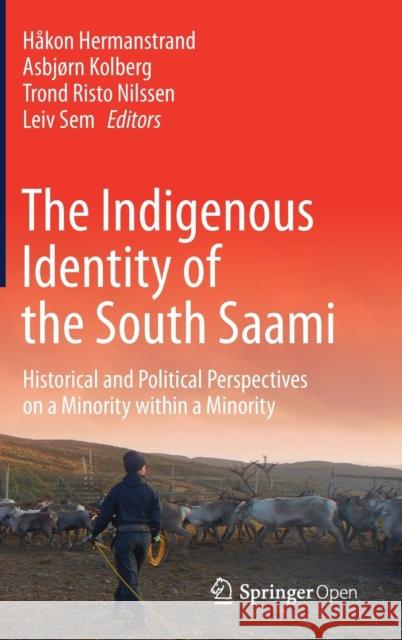The Indigenous Identity of the South Saami: Historical and Political Perspectives on a Minority Within a Minority » książka
topmenu
The Indigenous Identity of the South Saami: Historical and Political Perspectives on a Minority Within a Minority
ISBN-13: 9783030050283 / Angielski / Twarda / 2019 / 186 str.
The Indigenous Identity of the South Saami: Historical and Political Perspectives on a Minority Within a Minority
ISBN-13: 9783030050283 / Angielski / Twarda / 2019 / 186 str.
cena 201,72 zł
(netto: 192,11 VAT: 5%)
Najniższa cena z 30 dni: 192,74 zł
(netto: 192,11 VAT: 5%)
Najniższa cena z 30 dni: 192,74 zł
Termin realizacji zamówienia:
ok. 22 dni roboczych
Bez gwarancji dostawy przed świętami
ok. 22 dni roboczych
Bez gwarancji dostawy przed świętami
Darmowa dostawa!
Kategorie:
Kategorie BISAC:
Wydawca:
Springer
Język:
Angielski
ISBN-13:
9783030050283
Rok wydania:
2019
Wydanie:
2019
Ilość stron:
186
Waga:
0.45 kg
Wymiary:
23.39 x 15.6 x 1.27
Oprawa:
Twarda
Wolumenów:
01
Dodatkowe informacje:
Wydanie ilustrowane











